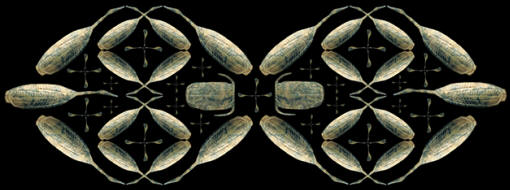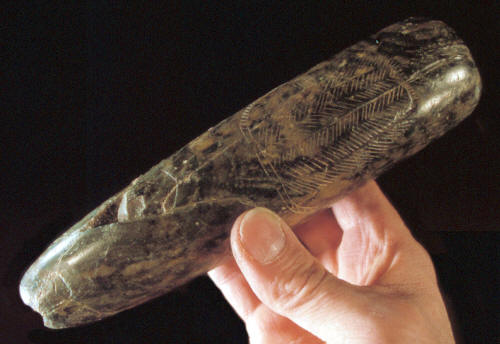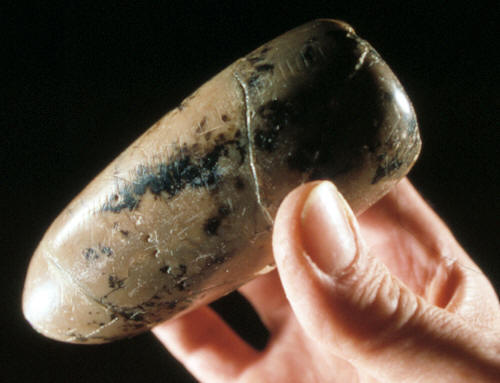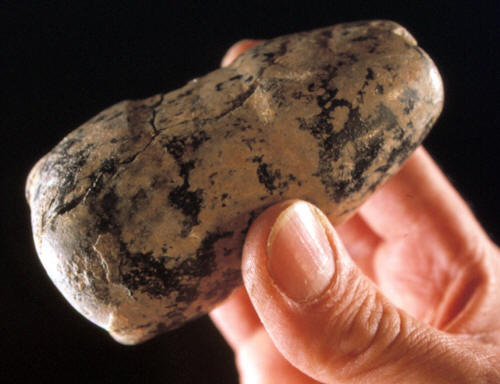|
||
|
||
|
"The
most important function (of a shaman) is to cure disease----,"-----------1966,
Ralph L. Beals & Harry Hoijer, "An Introduction To Anthropology," p.
583.
Three of the four tube pipes illustrated in this article have previously been described by Frison & Norman in 1993. Their discovery in the 1950's resulted in further investigation of the find site in 1989 & 1990 when nine more pipes were discovered in various stages of fragmentation. These 12 pipes were placed in a location that is referred to as a ritualistic repository. They were apparently place into cracks and crevices in the sandstone wall above the site until they eventually eroded out onto the talus slope below. The report suggests that all the pipes may have been used by shamans as sucking tubes. The fourth pipe (illustrated on page 2) was found in northern Indiana and has not yet been published, but it may also fall within this same category of shaman paraphernalia. Most tube pipes were used for smoking tobacco but early accounts indicate that some were used as sucking tubes to heal the sick or injured. |
||
|
Many early descriptions of North American shamans attempting to heal a patient involve a sucking procedure. They often describe the use of the mouth directly on the patient or sucking through the closed hand. They also describe the use of tubes made from all types of materials such as reeds, horn and stone. |
||
|
Healing with the use of sucking is not unique to North America. Different variations of this procedure have been used by healers worldwide. In many cases the healer or shaman produces an object such as a thorn or pebble as if it was sucked from the body and was the cause of the illness. Other sucking procedures remove an invisible spirit that the shaman spits out of his mouth. But whether the sucking procedure produces a physical object or evil spirit these concepts have been used to heal people for thousands of years. |
||
|
||
|
The three tube pipes from Wyoming that are illustrated in this article were found in an area where nine other pipes had fallen across a talus slope next to a sandstone wall. They were found at the Coal Draw Petroglyph site in the southern Bighorn Basin in north central Wyoming. The original discovery of the cache of three pipes occurred in the 1950's. Later excavations in the summers of 1989 and 1990 verified the site and produced the additional nine pipes. Except for one complete example all the pipes had been deliberately broken. The fourth pipe in this article was found by Tom Bellinger while digging peat on his commercial operation in northern Indiana. |
||
| CONTINUE ON TO PAGE TWO | ||
|
"REFERENCES"
1899, Mc.Guire, Joseph D., "Pipes and Smoking
Customs of the American Aborigines, Based on Material in the U.S.
National Museum," Report of the U.S. National Museum, Part I, pp.
383, 386-387 & 390. |
||





